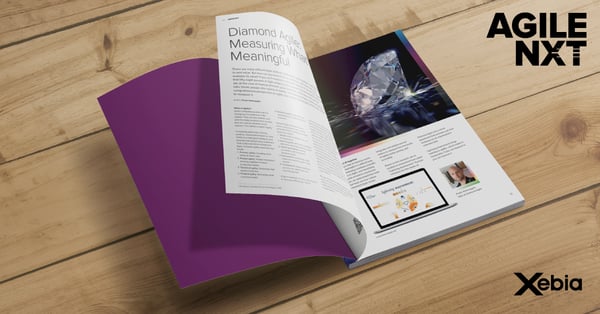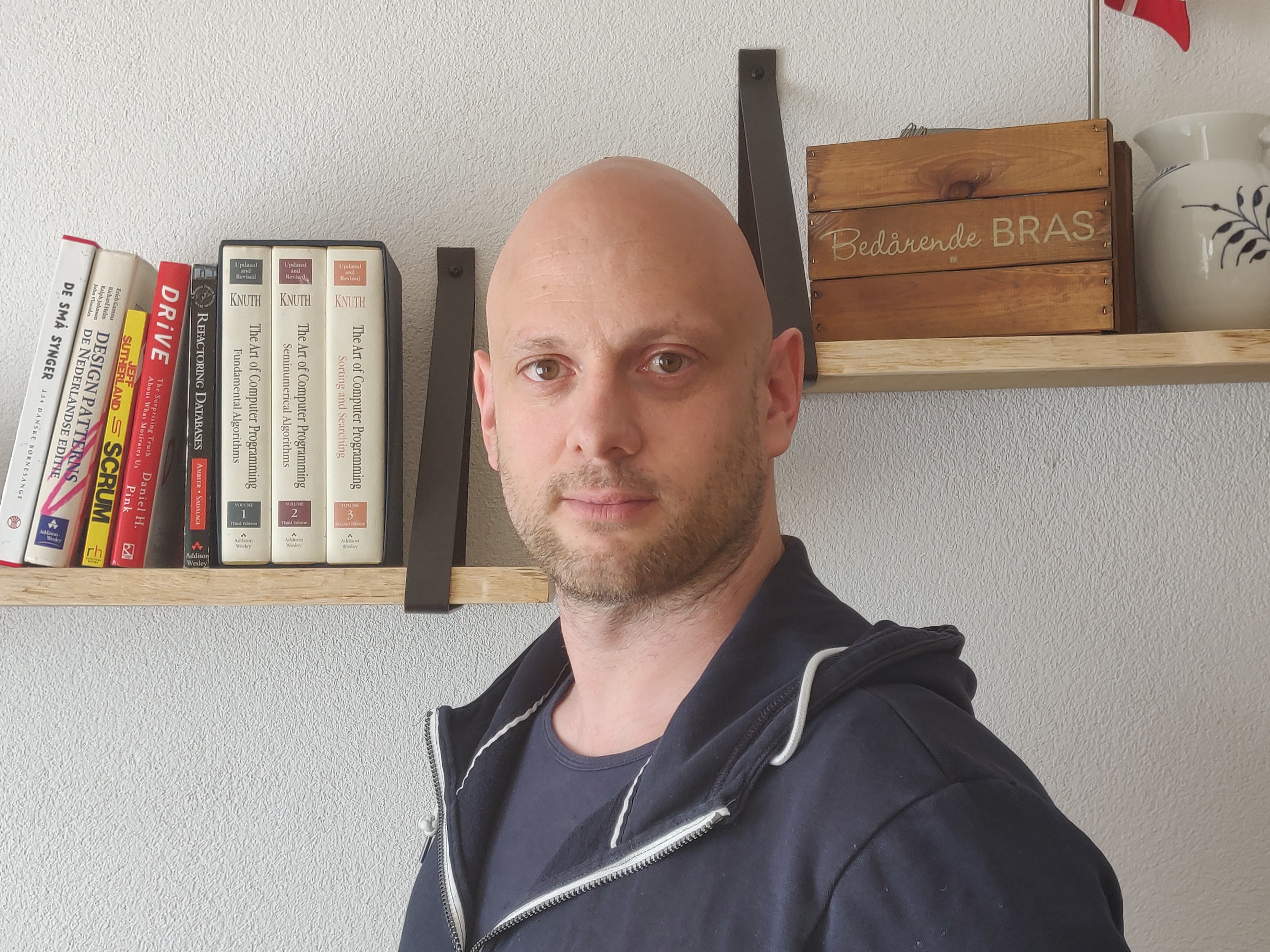There are many different Agile methods, frameworks, and coaches—and all claim to add value. But how can you know if one is working or not? How can you evaluate its value? If you can’t measure it, you can’t improve it. So, it’s no wonder that fifty-eight percent of Agile projects don’t succeed.1 Measurements and metrics are at the core of making informed, good decisions. Otherwise, the lack of data forces people into relying on beliefs. The Diamond Agile model provides a comprehensive perspective on agility and a set of meaningful metrics by which to measure it.
This article is published in  . Agile NXT is the magazine full of inspiration for professionals on the emerging Agile journey. Theme of #2: New Insights for Agile Performance Management.
. Agile NXT is the magazine full of inspiration for professionals on the emerging Agile journey. Theme of #2: New Insights for Agile Performance Management.

What is Agility?
Some companies quickly react to changing circumstances in the market. They are fast, flexible, and able to create products and services that are exactly what the world desires. This ability is called “agility.”
Increasing agility has a strong, positive, measurable impact on your ability to create great products and services that delight your customers. That is the core tenet of Diamond Agile. It breaks agility down into five facets:
1. Process agility: Creating more value at lower cost
2. People agility: Happy employees working together in hyperproductive teams
3. Technical agility: Delivering high quality really fast
4. Product agility: Delivering what customers want
5. Enterprise agility: Organizational adaptability and continuity for the long-term
Diamond Agile measures these facets using only the best metrics (selected from hundreds) that meet these five criteria:
1. Simple: easy to explain and use for measuring
2. Hard-to-game: difficult to optimize without increasing business value
3. Outcome-oriented: strong correlation with increased business value
4. Universal: no confusing edge cases and can be used in any context
5. Transparent: clearly defined process for obtaining and calculating data
A good example of one such metric is “process efficiency,” which measures value-added time as a percentage of cycle time. Optimizing process efficiency has a profound impact on how an organization works. The application of well-known patterns, like swarming, is needed on a team level. Switching the mindset from “resource utilization optimization” to “throughput maximization” is also needed. Lastly, shortening the delivery cycle and increasing quality is essential for obtaining very high process efficiency. In this way, process efficiency is a generative metric, that is to say, optimizing it generates a lot of positive side-effects for any organization.
By providing the best metrics for each of the facets, Diamond Agile offers a balanced data-centered view of the health of your organization.
Putting it all together
Creating a way to measure something meaningful is a difficult task. After reviewing countless scientific papers on Agile, and identifying hundreds of metrics mentioned therein, we determined that most did not meet our four criteria. The Diamond Agile model integrates and adapts several metrics to measure the five facets of agility easily, quickly, and accurately.
Based on this research, we’ve created an assessment tool called“Lightning Assessment.” The tool combines the five facets of Diamond Agile into a visual dashboard that provides real-time feedback on an organization’s collected data.
Lightning Assessment brings visibility to agility—which makes it measurable. If you can measure it, you can improve it.
Want to know more about this topic? Download  and start your personal change tomorrow. Or join us at AGILE NXT Future Friday, the 1 day conference that covers all aspects of “what’s next” in developing agility: Boost Your Agile Organization towards better results.
and start your personal change tomorrow. Or join us at AGILE NXT Future Friday, the 1 day conference that covers all aspects of “what’s next” in developing agility: Boost Your Agile Organization towards better results.






